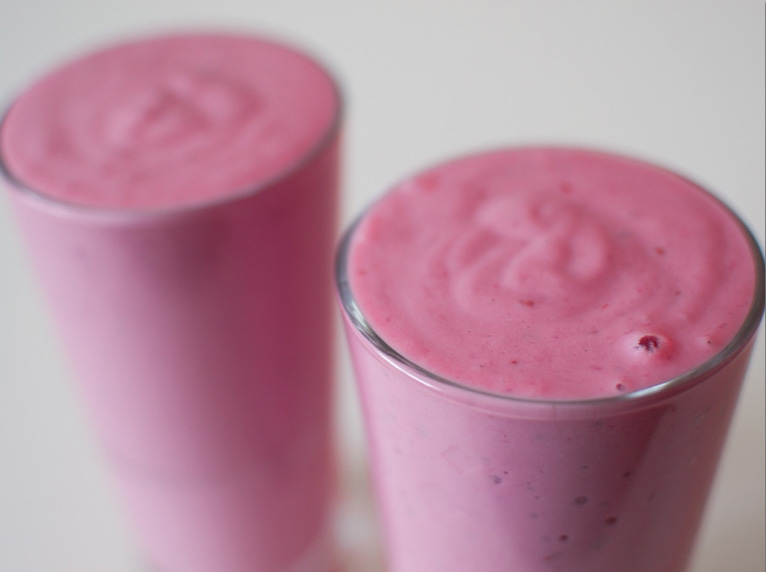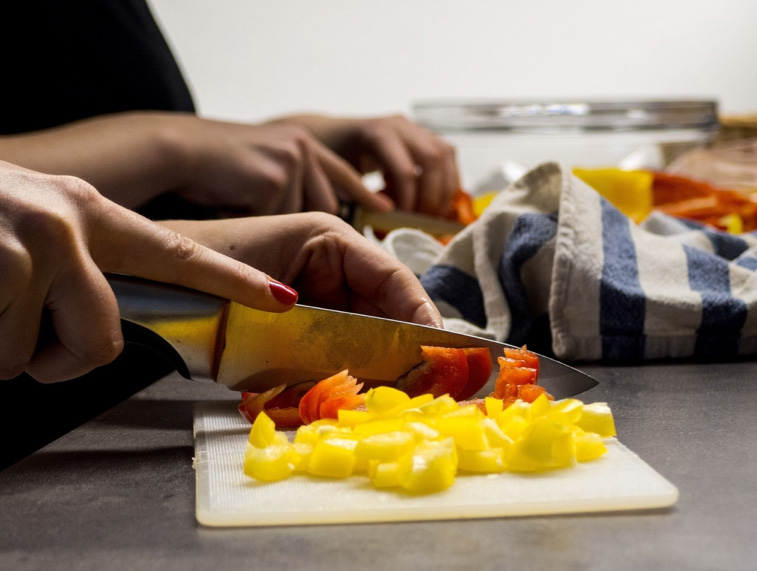Studying for tests and exams is hard work.
But you won’t be able to study effectively if you’re burned out, irritable and exhausted.
So it’s time to get serious about self care.
Self care practices will keep you mentally and physically strong.
But before we look at a range of self care practices, you first need to come to grips with the Self Care Paradox.
The Self Care Paradox
The Self Care Paradox is the idea that the more time and energy you give to taking care of yourself, the more time and energy you’ll have to do the things that matter most to you.
In other words, spending time cooking a healthy meal, going for a walk or having a power nap is time well spent. You’ll get that time back since you’ll have greater energy levels and sharper focus.
In short, you’ll be able to get more study done in less time.
You don’t need to go to Bali to relax
Forget lazing by a pool in Bali or going on a yoga retreat. These are expensive and unsustainable ways to look after yourself.
What you need are mini relaxation exercises and micro-retreats scattered throughout your day. The key is to listen to your body and stop to recharge before you become completely exhausted.
I’ve found even just taking a few 30 second breaks throughout the day can make a huge difference to my energy levels and wellbeing.
“But I’m too busy!”
It’s easy to fall into the trap of thinking, “I don’t have time to exercise” or “I’m too busy to nap!”. But when you’re flat out that’s when you need to take care of yourself more than usual.
Because when you’re well rested you’re in a much better position to handle the challenges life throws at you.
In the great book The Sophrology Method Florence Parot states:
“ … whatever you do, life happens! And it will keep happening, sometimes throwing things at you left, right and centre … the difference is how you are able to react. If you are tired, emotional, mentally drained, you are not going to be in a state to react very well.”
So how can you take care of yourself without spending an absolute fortune?
Enter thrifty self care strategies
Below you’ll find a number of free or low cost self care activities to help you recharge, optimise your thinking and avoid burning out.
1. Take a nature bath
Pick a natural location: a park, the beach or even your own backyard. It doesn’t matter where you go in nature, but it does matter that you leave your phone at home. Disconnect from your devices to experience the full restorative effects of nature.
2. Play relaxing music
Research shows certain types of music can dramatically reduce your stress levels. In fact, one study found the song Weightless by Marconi Union resulted in a 65 percent reduction in participants’ overall anxiety levels.
Create a relaxation playlist and have it playing in the background.
Can’t be bothered curating your own playlist?
No problem. Spotify has put together a number of relaxing playlists for you. I find these genres and moods particularly relaxing:
• Low-Fi beats
• Yoga and meditation
• Deep focus
3. Do a Brain Dump
Get your thoughts and feelings down on paper. Write as if no one is going to read what you’re writing. Don’t censor yourself. Get everything out. The aim is to take the chaos out of your brain.
Writing can be a powerful way to help you sort out the jumbled mess of thoughts swirling around in your head. Putting whatever is worrying you down on paper can help you feel more in control.
4. Take a power nap
A quick power nap has been shown to significantly decrease stress and fatigue and increase mental performance. Set a timer for 15-30 minutes, close your curtains and lie down. Say to yourself “Sleepy time!”. Don’t worry about falling into a deep sleep. You have one job to do (and one job only): to rest.
For more tips on how to enhance your power naps, click here.
5. Make a smoothie
Your brain needs two things to function well: oxygen and nutrients.
Smoothies are a great way to pack more nutrients into your day. I start my day with a Chocolate Blueberry Smoothie.
A few months ago a year 11 student told me, “My mum made your smoothie recipe for me and I felt great all day”. Try making it and see for yourself.
6. Move mindfully
Exercise isn’t just for sporty people. We all need to get our hearts pumping and legs moving. Find some simple activities you enjoy doing (e.g. walking the dog, skipping, and stretching). Weave them into your daily routine.
In The Sophrology Method Florentine Parot shares a range of simple movement exercises you can do to release tension and develop more awareness of your body. One exercise involves slowly lifting your forearms up (breathing in) and then bringing your arms down by your sides (breathing out).
It’s important to remember that all movement counts (even gentle stretches).
7. Cleaning and organising
Set yourself a goal to tidy your desk or a section of your room. Put a timer on for 5-15 minutes and start organising/cleaning your space.
There is something strangely satisfying and calming about cleaning and organising. When your space looks cleaner and more organised, you tend to feel more in control and on top of things.
8. Take a micro-retreat
In her fun book Craft for the Soul artist Pip Lincolne states micro-retreats are “a good preventative dose of cosy times so you don’t burn out”.
What does a micro-retreat look like?
According to Lincolne, it can involve one or more of the following activities:
• Making yourself a pot of tea
• Preparing some tasty snacks
• Watching your favourite show
• Having a bath
• Reading a book for pleasure
• Going for a walk and popping into a café
Do things that make you feel good. Why? As Lincolne says “…when you feel better, you tend to work better and think better”.
9. Meditate
Meditation is an effective way to rapidly relax the body and focus the mind.
Here’s how you meditate in 5 simple steps:
1. Sit in a chair and get comfortable.
2. Focus on your breath going in and out.
3. Get distracted by a thought? Notice it and let it go.
4. Return your focus back to the breath going in and out.
5. Repeat steps 3 and 4 until a timer goes off.
If you need a little help with the process, check out apps such as 10% Happier and Headspace. These apps provide a range of guided meditations to ease your brain into the process.
10. Repetitive activities
Doing the same activity over and over again can be like a meditation. Instead of focusing your mind on your breath, your mind is focused on the task at hand. Your brain loves repetitive activities (as it gets to see immediate results).
Try doing one of the following:
• Knitting
• Chopping vegetables
• Weaving
• Shelling nuts
• Ironing
• Weeding
• Painting
11. Massage
For the cheapest massages around town, head to training institutes where students are learning how to master the art of massage.
For example, The Australian Institute of Fitness offers a 55-minute relaxing student massage for $25. A deep tissue massage (85 minutes) costs $40.
And just in case you’re thinking, “But are the massages any good?”
They certainly are. Amazingly good.
To sum up
Taking care of yourself is about making little tweaks to your lifestyle and daily routine. It’s also about making sure you listen to your body and stop to recharge before you become a complete wreck.
So why not prioritise a few minutes for rest every day? You’ll be in a better position to handle the challenges life throws at you. Plus, you get to feel really good! And remember, when you feel good, you can study and think better too.
What is one thing you can do today to take better care of yourself?
Make it a priority. Schedule it in your diary like an appointment. Because if you don’t make time to rest, it probably won’t happen.













